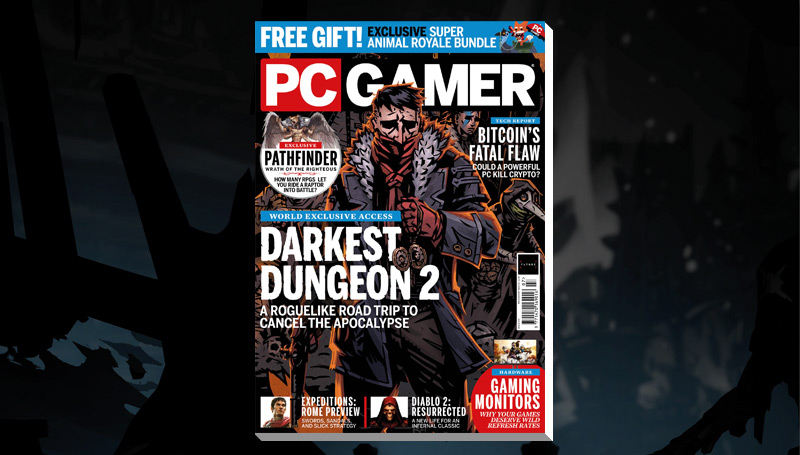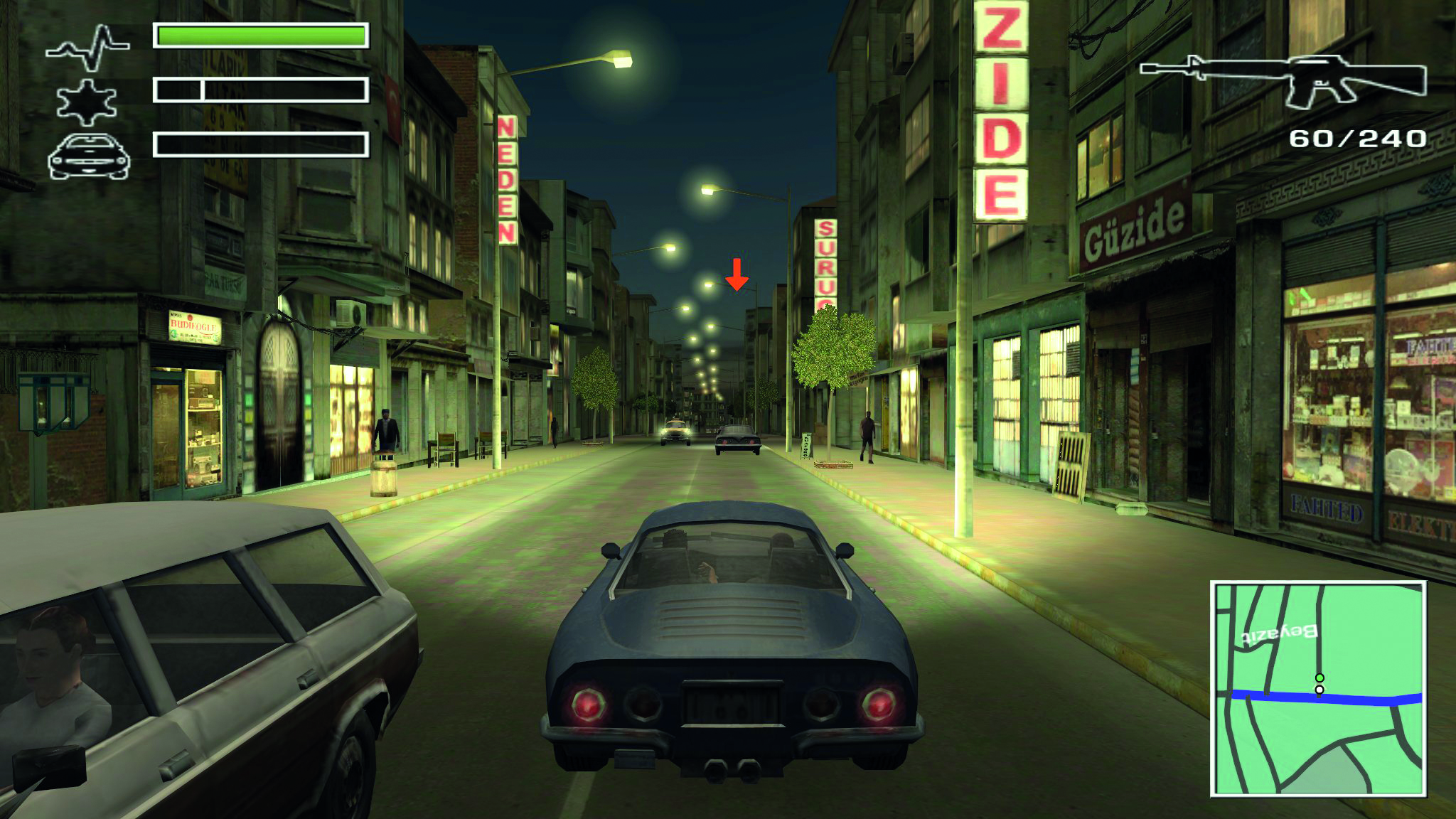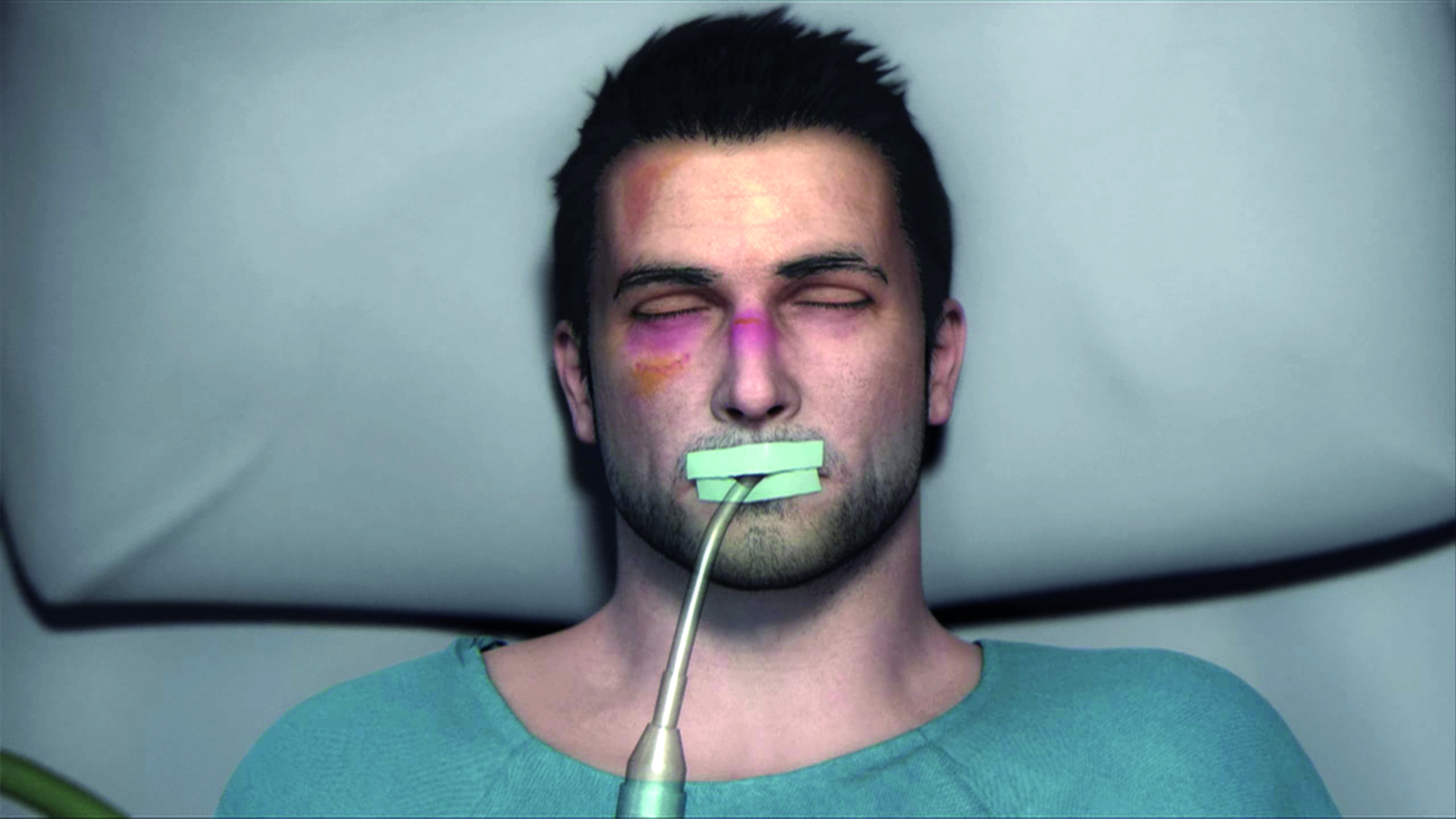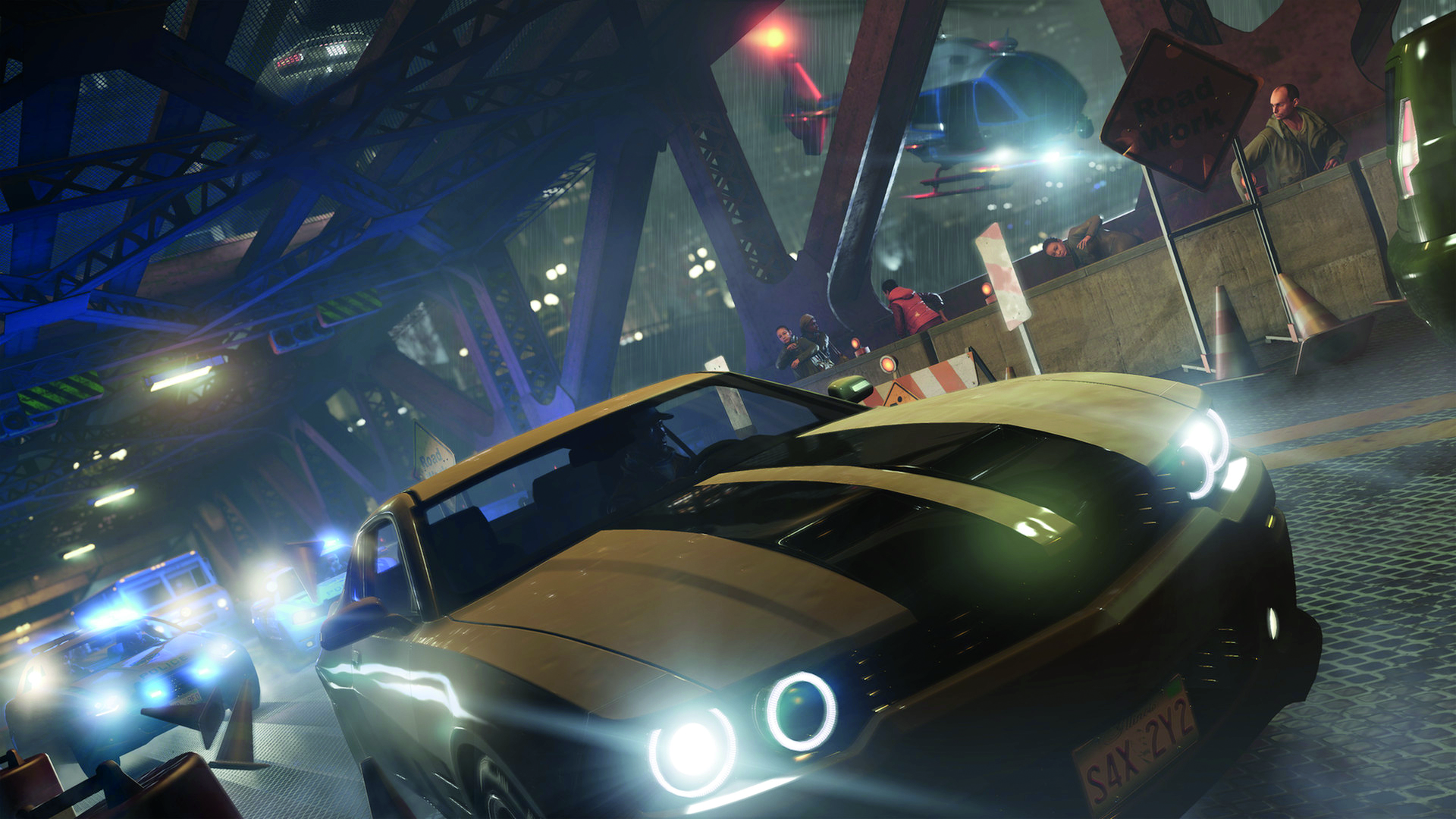How Reflections progressed from GTA rival to Ubisoft's in-house car collision specialists | PC Gamer - alkirehonpon
How Reflections progressed from GTA competition to Ubisoft's in-house car hit specialists

DNA Trace

This article first appeared in PC Gamer magazine issue 258 in July 2021, as part of our 'DNA Tracing' series, where every calendar month we delve into the lineages stern iconic games and studios.
During the '90s, most driving games were straight circuit racers, and the Newcastle studio apartment's Demolition Bowler serial publication appeared no different—sending lineage cars around public figure-of-eight loops ad infinitum. Only when an inevitable pile-up happened did Reflections' specialness emerge: realistic physics and crunchy collisions.
Those traits were finally set free by Driver in 1999, other impulsive game, simply crucially, not a racing game. Studio founder Martin Edmondson embraced his number 1 love of car chases, setting getaway missions against the urban grids of Miami, San Francisco, LA, and New York (as well as a collocate of Newcastle upon Tyne's central city, as a secret unlock). Reflections infused these streets with the same world-class physics play equally simulators same Gran Turismo, just with a different goal in psyche—capturing the sway of the 1968 Henry Ford II Mustang in Bullitt as Steve McQueen executed a right-angle handbrake turn. This was no more longer sport only cinema, a stylish and dangerous dive into a malefactor underworld.
Information technology was a breakthrough in 3D city exploration, and Reflections was the first. Only up in Edinburgh, another developer influenced by a similar set of films was communicable raised. By the time Driver came binding to the PC, Rockstar Northwestward had put out GTA Ternion and Vice City, yoinking the subdued suspension and missionary work formats Reflections had pioneered and taking the pattern terzetto stairs further. One of GTA III's missions even tasked you with bumping turned a yakuza wheelman named Sixpence, after Driver's protagonist—a taunt Reflections seemed unable to resist in the years that followed.

Stepping kayoed
Driver 3 remains notorious, the Cyberpunk 2077 of its day in terms of the gulf between public promise and unfulfilled dream. Played today, it proves a surprisingly hardy car pun—its effervescent dynamic model clearly built by the same experienced team that threw muscle cars around Miami in 1999. Some of the missions are series standouts, to a fault, like the race to pick up three stolen cars and pile them onto a hurtling motortruck before it reaches its destination—less an A to B journey than the full alphabet.
The cities themselves, meanwhile, are satisfying to voyage – particularly the undulating veins that plug in the beach vistas of Discriminate, and the intoxicated, challenging Gecekondu shanty towns of Stambul. There's nothing rather like sense of hearing the call to petition echoing off the mosques middle direct a combined car, gravy holder, and bike chase—a veritable transport triathlon.
Merely critics were right to reprobate Driver 3's on-foot sections, which were shockingly underdeveloped. The shooting, which resembled Scoop Payne-light, was everything Reflections' driving had never been—weightless, awkward, and barren of satisfying feedback.
"In Number one wood 2 [on PlayStation] you could draw of the machine," Martin Edmondson points out. "People forget that it came out earlier Grand Theft Auto [Trio], so it was merely a natural patterned advance. We'd done 50 missions locked in the car. But the job with Driver 3 is that we took on far too such work, and in areas that we sportsmanlike didn't have a massive amount of experience in."

Finally, Reflections had mastered on-foot combat that was perfectly inoffensive—but players had moved on, and it was tough to make the case for why they should care.
Reflections' owner, Atari, set an immovable deadline for the game, and so it came impossible unfinished. Gross revenue were sinewy, which must have helped a publisher in severe financial strait, only the reputational damage permanently relegated Driver from the biggest leagues of driving action. It's mayhap unsurprising that Edmondson, unhappy with Atari's decision-qualification, left the company before long afterwards. The next Driver game, Parallel Lines, settled into sec place behind GTA—aping its openworld structure and operate-on weapon system targeting. In conclusion, Reflections had mastered on-foot combat that was perfectly inoffensive—but players had moved on, and information technology was tough to piddle the case for wherefore they should maintenance.
The French Connection
Enter Ubisoft. The publication giant bought up Reflections in 2006, and one of its original Acts was to invite Edmondson back as game director for a reboot of Driver. Named Driver: San Francisco, it returned the serial to its classical setting. And through a high-concept conceit, it unclothed away the uninteresting plodding that had held the studio apartment back for a decade, allowing players to outright shift between any car in the City at will. The full game took place in the admirer's head, and felt like a driving reverie. The drifts were wider than ever, all citizen hopped unstylish of your path just in the notch of time, and the lampposts popped out of the ground on contact with a abundant, no impediment to your fantasy fun.
Despite stellar reviews, Driver: San Francisco didn't make the sales heights of Reflections' first age. But its example—that the studio should embrace its core skill set and leave the shot to others—was heeded. Reflections became Ubisoft's in-house energetic expert, applying the manipulation tools built for Device driver to the likes of Watch Dogs and Ghost Recon Wildlands—projects on which the lead developers had little experience with vehicles. It supported Ivory Tower happening The Crew, lending its have as the planet's most seasoned open-world drive team to a condensed-but-big version of the entire US.

That would throw been a poetic close to the story of Reflections. Just the studio's work to help out its parent corporation finally thrust information technology back into the spotlight. Reflections had attempted to make a procedural animation joyride for use in early reference prototyping across all of Ubisoft's studios—but the results looked so daft, they birthed a unprecedented character instead: BUD.
A diminutive red-faced robot, BUD could slip up close to and grab onto objects. His bumbling charm led a squad within Reflections to build a beanstalk climbing plot around him, which became Grow Home. There are no wheels on BUD, and atomic number 2 doesn't screech when turn corners such arsenic chirrup the likes of a happy modem. Merely his beingness is testament to the joyousness of drive—and what's more Number one wood than that?
Source: https://www.pcgamer.com/how-reflections-went-from-gta-rival-to-ubisofts-in-house-car-collision-specialists/
Posted by: alkirehonpon.blogspot.com


0 Response to "How Reflections progressed from GTA rival to Ubisoft's in-house car collision specialists | PC Gamer - alkirehonpon"
Post a Comment